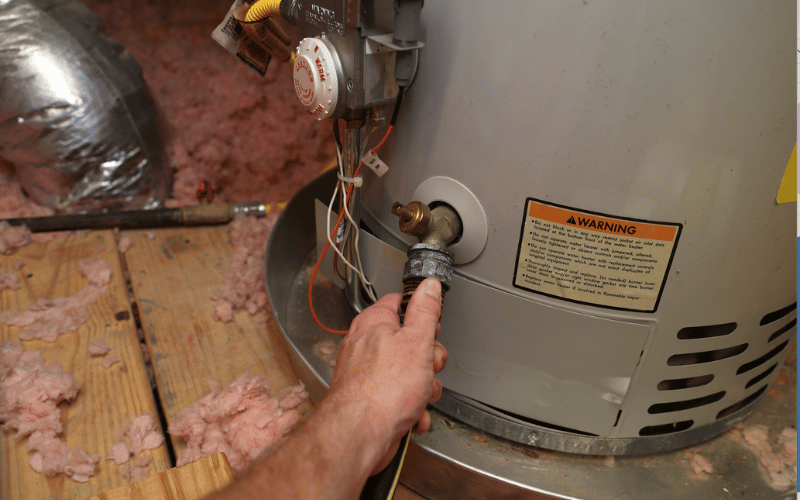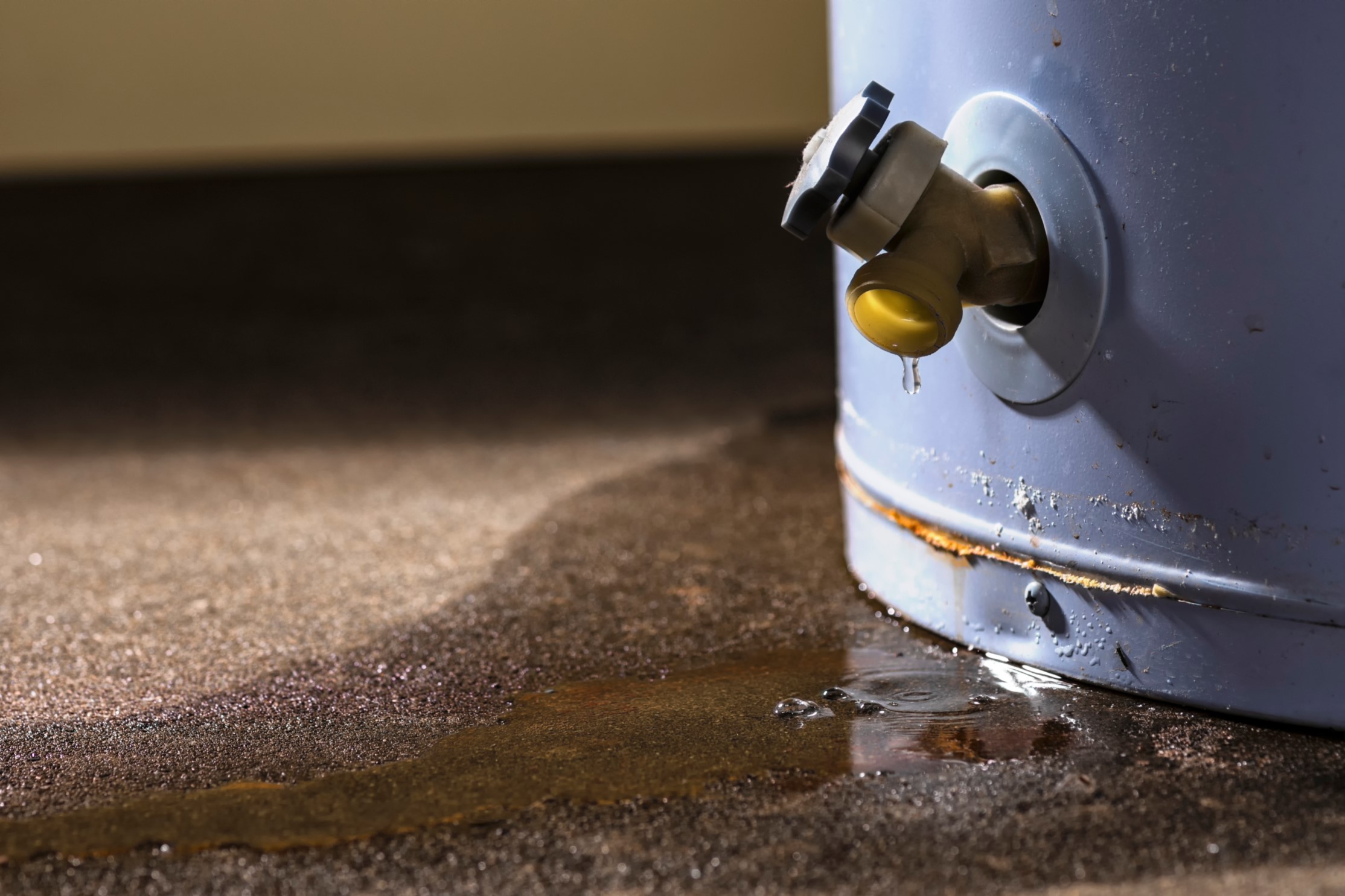Almost everyone has their unique perception in relation to How to Maintain Your Water Heater & Prolong its Life.

Warm water is vital for daily convenience, whether it's for a revitalizing shower or washing recipes. To ensure your hot water system runs successfully and lasts longer, normal upkeep is key. This short article gives practical pointers and understandings on how to maintain your home's hot water system to prevent disruptions and expensive repair work.
Intro
Maintaining your home's warm water system might seem complicated, but with a couple of basic actions, you can ensure it runs smoothly for years to find. This guide covers whatever from comprehending your warm water system to do it yourself upkeep pointers and understanding when to contact expert help.
Importance of Preserving Your Hot Water System
Routine maintenance not only extends the lifespan of your warm water system however also ensures it operates successfully. Ignoring maintenance can bring about decreased performance, higher energy costs, and also early failure of the system.
Indicators Your Hot Water System Demands Upkeep
Knowing when your warm water system needs focus can avoid significant problems. Look out for indications such as irregular water temperature, weird sounds from the heating unit, or rusty water.
Comprehending Your Warm Water System
Before diving into upkeep tasks, it's practical to comprehend the basic elements of your warm water system. Typically, this includes the water heater itself, pipelines, anode rods, and temperature controls.
Month-to-month Upkeep Tasks
Routine regular monthly checks can help catch minor problems prior to they intensify.
Purging the Hot Water Heater
Purging your hot water heater gets rid of debris buildup, boosting efficiency and extending its life.
Monitoring and Changing Anode Rods
Anode poles protect against deterioration inside the container. Evaluating and changing them when broken is essential.
Inspecting and Readjusting Temperature Level Setups
Readjusting the temperature level setups ensures optimum efficiency and safety.
DIY Tips for Maintenance
You can perform numerous upkeep jobs yourself to keep your hot water system in leading problem.
Looking for Leaks
Routinely check pipes and links for leaks, as these can bring about water damages and greater costs.
Testing Pressure Relief Valves
Testing the stress safety valve guarantees it works properly and stops extreme stress accumulation.
Protecting Pipes
Shielding warm water pipelines minimizes heat loss and can save power.
When to Call a Specialist
While do it yourself upkeep is helpful, some concerns need specialist competence.
Complicated Problems Requiring Professional Help
Examples include significant leaks, electric troubles, or if your hot water heater is constantly underperforming.
Routine Professional Upkeep Perks
Expert maintenance can include complete assessments, tune-ups, and making sure conformity with security criteria.
Conclusion
Regular upkeep of your home's warm water system is crucial for performance, durability, and expense savings. By following these pointers and recognizing when to seek professional help, you can make certain a trustworthy supply of hot water without unanticipated disturbances.
How to Maintain an Instant Hot Water Heater
Before tinkering with your hot water heater, make sure that it’s not powered on. You also have to turn off the main circuit breaker and shut off the main gas line to prevent accidents. Also turn off the water valves connected to your unit to prevent water from flowing into and out of the appliance. 2. When you’re done, you have to detach the purge valves’ caps. These look like the letter “T” and are situated on either side of the water valves. Doing so will release any pressure that has accumulated inside the valves while at the same time avoid hot water from shooting out and burning your skin. 3. When the purge valves’ caps are removed, you have to connect your hosing lines to the valves. Your unit should have come with three hoses but if it didn’t, you can purchase these things from any hardware or home repair shops. You can also get them from retail stores that sell water heating systems. Read the user’s manual and follow it to complete this task properly. When the hosing lines are connected, open the purge port’s valves. 4. You should never use harsh chemical cleaners or solutions when cleaning your unit. Make use of white vinegar instead. It should be undiluted and you’ll probably use about 2 gallons. 5. Now flush your water heater. This task should probably take about 40 minutes. We can’t give you specific directions for this because the procedure is carried out depending on the type, model and brand of your heater. With that being said, refer to the user’s manual. 6. When you’re done draining the unit, you have to turn off the purge port valves again. Remove the hosing lines that you earlier installed on each of the water valves. Put the valve caps (purge port) back in their respective places and be very careful so as not to damage the rubber discs that are found inside these caps. 7. Now that everything’s back in place, check your user’s manual again to find out how to reactivate your water heating system. 8. Once it is working, turn one of your hot water faucets on just to let air pass through the heater’s water supply pipes. Leave the tap on until water flows smoothly out of it. https://www.orrplumbing.com/blog/2014/september/how-to-maintain-an-instant-hot-water-heater/

Do you appreciate reading about How to Maintain a Hot Water Heater in a Few Simple Steps? Leave a short review further down. We'd be glad to see your insights about this article. Hoping to see you back again soon. You should take a moment to promote this blog post if you liked it. Thanks so much for your time spent reading it.
Explore